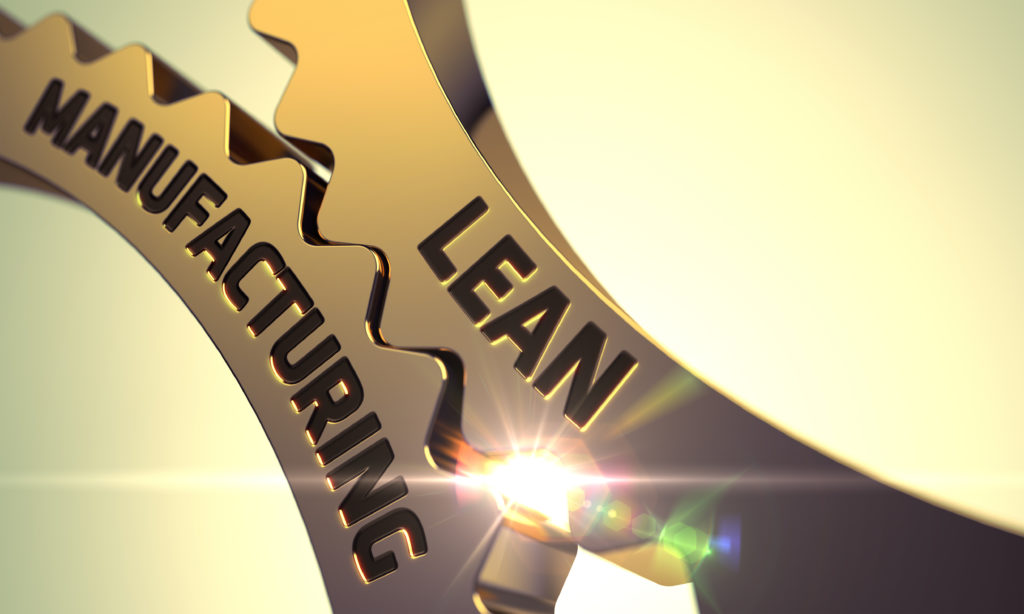Value stream mapping is a lean manufacturing technique. Lean manufacturing helps companies eliminate excess waste within their manufacturing systems.
VSM is a powerful technique used to evaluate specific aspects of an organization’s “current state” that might not be performing at an optimal level. A map becomes a visual baseline to depict and improve flow and identify process improvement opportunities. It is then used to develop a plan of action that will lead to the achievement of an organization’s intended “future state.” It can be used in health care, logistics, supply chain, service, sales, software development, accounting, and other administrative and office processes.
Specifically, value stream mapping is for analyzing your flow of material. The purpose of value stream mapping is to improve current flow and prepare for future changes. It helps you understand your manufacturing process and look for ways to increase efficiency.
Hines and Rich (1997) defined seven value stream mapping tools they are:
- Process Activity Mapping
- Supply chain responsiveness matrix
- Product Variety Funnel
- Quality filter mapping
- Forrester effect mapping
- Decision point analysis
- Overall Structure Maps
The entire process is analyzed from the very beginning until when the product is ready for your customers. In order to successfully implement value stream mapping, the process is broken down into three steps: document, analyze, and improve.
For manufacturers with multiple processes, value stream mapping for each of these processes is necessary.
The first step is documentation. It is extremely important to map out your entire process and use that map to understand your information flow. The map can include materials, designs, and even internal or external needs.
Once the map is created, it is used to develop a plan of action that will prepare companies for their “future state.”
Examples of waste that can be reduced using VSM include:
- Over processing
- Excess inventory
- Non Value Add (NVA) processing
- Errors and defects
- Underutilized personnel
- Printing paperwork too soon
- Personnel or system downtime
- Obstructed information flow
- Data re-entering and entry errors
- Excessive movement of paperwork.
- Excessive travel between work stations
- Waiting time between departments
- Multiple storage locations
Lastly, the improve step requires action. Once the map and analysis is complete, implementing the new processes will overall increase efficiency and eliminate extraneous processes. Using it properly and completely will provide a direct path to process optimization at every level and an operation that is assured long-term survival.
Ultimately, learning and embracing this technique as a method to document and improve all types of business processes can enhance the difference between a stagnant facility and a thriving business. For any help answering these questions or to learn about Value Stream Mapping, contact us to be connected with one of our Lean experts.
